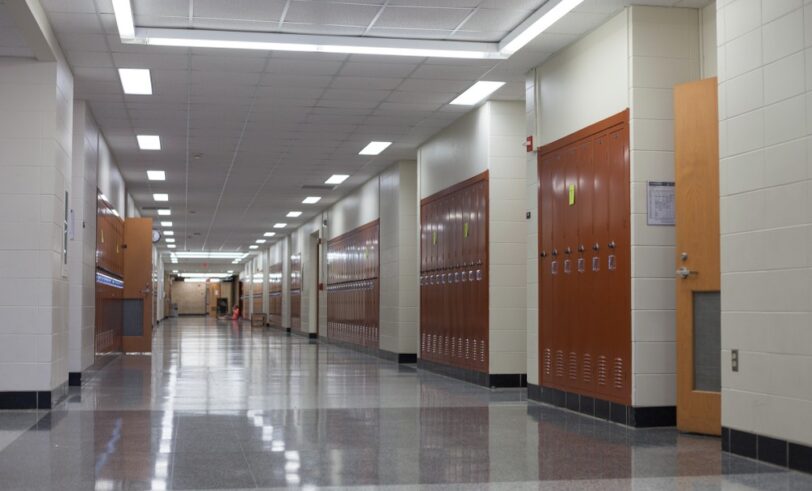“We have a problem with resource deployment.” Ya think? This quote from a member of the Missouri Teacher Recruitment and Retention Blue Ribbon Commission doesn’t even begin to address the problems facing public education in our state. The state board of education and the Department of Elementary and Secondary Education (DESE) are focused like lasers on making the job of teaching more attractive—more money, mental health services, tuition assistance, and bonuses, to name a few of the perks proposed by those on the commission that they think will solve the problem. Meanwhile, tens of thousands of Missouri students have lost years of learning that they may never get back.
For decades, the state and the federal government have poured billions into the system to try to balance the disconnect between students living in wealthy neighborhoods and students living in poor neighborhoods. The wealth gap between neighborhoods was referred to as the “big white elephant” by the board member who provided the first quote. As it turns out, monopolistic bureaucracies are reliably terrible at solving this problem. Complicated funding formulas try to take into account how much residents of local districts could contribute to public education based on the value of all property in the district in an attempt to redistribute funds from wealthy districts to poor districts. The result is that some districts, such as Brentwood and Ladue, receive about $600 per student from the state, and others—mostly small rural districts—receive as much as $16,000 per student. The federal formula to redistribute resources to low-income districts, also known as Title I, is ridiculously Byzantine and political.
Here’s the problem with “resource deployment.” It hasn’t worked. The achievement gaps between low-income and non-low-income students in Missouri have only gotten wider. In 2019, 45 percent of non-low-income 8th graders scored Proficient or higher in reading on the Nation’s Report Card, compared to just 21 percent of low-income 8th graders. The gap in math was even larger–27 percentage points. In 2003, the gap in reading was 19 percentage points and the gap in math was 22.
We cannot equalize opportunity using a top-down approach. Resources should be deployed to families to spend at the school of their choice. I continue to assert that if low-income families were given the responsibility for choosing which schools received their children’s public education funding, four out of five families would not accept below grade level results.


.jpg)
